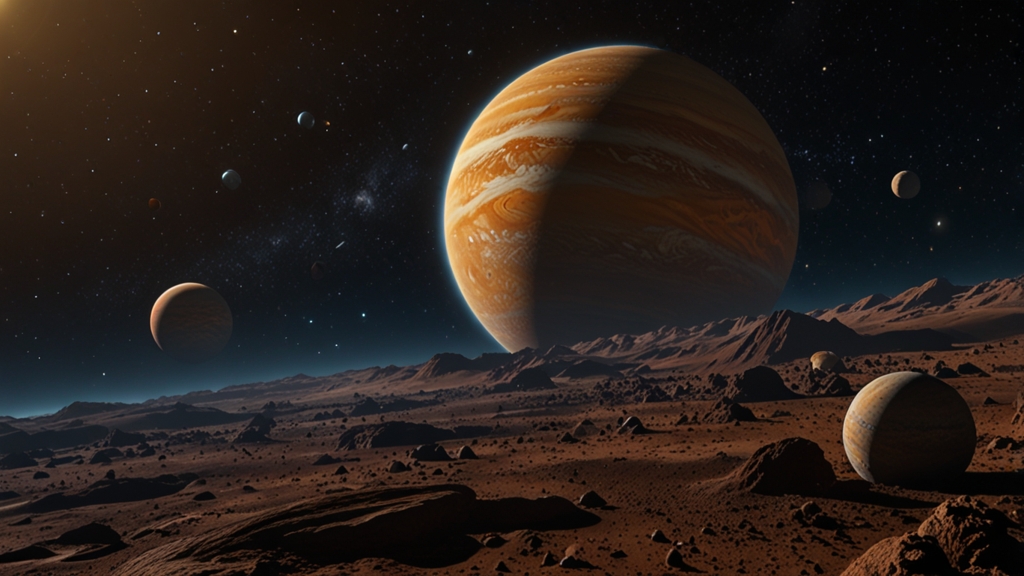The Search for Exoplanets: Are We Closer to Finding Earth 2.0?
The quest to find planets beyond our solar system, known as exoplanets, has captured the imagination of scientists and the general public alike. With advancements in technology and methodologies, the search has become more refined and promising. But are we any closer to finding Earth 2.0, a habitable world akin to our own?
Technological Advancements
The search for exoplanets began in earnest in the early 1990s, with the discovery of the first confirmed exoplanet, 51 Pegasi b, in 1995. Since then, the field has experienced exponential growth, thanks to advancements in telescope technology and data analysis methods. Instruments like the Kepler Space Telescope and the Transiting Exoplanet Survey Satellite (TESS) have revolutionized our ability to detect and study distant worlds.
Methods of Detection
To discover exoplanets, astronomers primarily use two techniques: the transit method and the radial velocity method. The transit method involves observing the dimming of a star's light when a planet passes in front of it. The radial velocity method measures the wobbling of a star caused by the gravitational pull of an orbiting planet. Each method has its own strengths and limitations, but together they provide a comprehensive toolkit for exoplanet discovery.
Criteria for Earth 2.0
Finding an Earth-like planet involves several stringent criteria. The potential planet must be located in the "habitable zone" of its star, where conditions are just right for liquid water to exist. Additionally, the planet's size and composition should be similar to Earth's, providing a stable atmosphere and suitable conditions for life as we know it. While thousands of exoplanets have been discovered, only a handful meet these stringent requirements.
"The universe is incredibly vast, and the more we explore, the more we realize how special Earth is." - Dr. Sarah Seager, MIT Astrophysicist
Promising Discoveries
Several exoplanets have captured the attention of the scientific community due to their potential habitability. Proxima Centauri b, located just 4.24 light-years away, exists within its star's habitable zone and is similar in size to Earth. TRAPPIST-1, a star system 39 light-years away, hosts seven Earth-sized planets, three of which are in the habitable zone. These discoveries offer tantalizing prospects for further study.
Challenges Ahead
Despite these promising discoveries, several challenges remain. Observing distant exoplanets in detail requires extremely powerful telescopes, many of which are still in development. Additionally, determining the composition and atmospheric conditions of these planets is no small feat. Missions like the James Webb Space Telescope aim to address these challenges by providing unprecedented observational capabilities.
The Future of Exoplanet Exploration
As technology continues to evolve, so too will our ability to find and study distant worlds. Upcoming missions, such as the European Space Agency's PLATO and NASA's Nancy Grace Roman Space Telescope, promise to expand our understanding of the cosmos. These missions aim to not only discover new exoplanets but also to characterize their atmospheres and potential habitability.
"We are standing on the cusp of a new era in astronomy, where the dream of finding a second Earth is within our grasp." - Dr. Michael Gillon, Astronomer
Conclusion
The search for Earth 2.0 is far from over, but every year brings us closer to the possibility of finding a truly habitable world beyond our solar system. With future technological advancements and ongoing missions, the dream of discovering another Earth-like planet may soon become a reality. Until then, the search continues, fueled by curiosity and the timeless human desire to explore the unknown.








